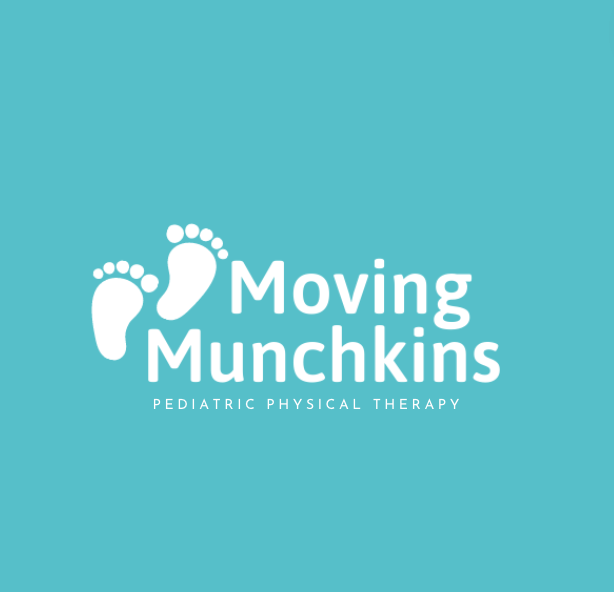Why Does My Baby Look to One Side?
If your baby looks to one side consistently, your baby may have congenital muscular torticollis.
Congenital Muscular Torticollis (CMT) is classified as a muscular deformity that is detected in babies shortly after birth.
Now, the language used here can sound pretty scary, so i’m going to explain what CMT is and why it is important to address early.
The cause of CMT is not always known, but it can be due to asymmetrical positioning in utero, birth trauma, or poor positioning shortly after birth. Characteristics of CMT include:
Preference for turning the head towards one side
Persistent head tilt to one side (ear towards one shoulder)
These persistent asymmetries are attributed to a shortened muscle in the neck called the sternocleidomastoid, or SCM. This muscle is responsible for several movements of the neck including rotating the head and side bending (ear to shoulder movement). When this muscle is tight, it causes babies to have persistent asymmetrical positioning of the head because the baby is not able to stretch the muscle independently to reach a neutral position. And since everything is connected, torticollis is not just shortening of the neck muscle alone, it affects the entire body- trunk, legs, arms, and even the eye movement!
Now that you understand what CMT is, let’s discuss WHY it is important to address it!
If left untreated, babies will develop uneven muscle strength and mobility. This causes babies to fall behind on milestones because they are not equally strong from side to side to achieve a milestone that requires equal strength and mobility.
For example, for a baby to sit, he will need head/neck and core strength to be equal and strong on both sides to have good sitting balance. When a baby has asymmetries in strength and mobility it makes things like sitting very difficult.
Another very common consequence of CMT is flattening of the back of the baby’s head (called plagiocephaly). Flattening of the skull occurs in 90% of babies who are diagnosed with CMT!
Since babies with CMT look to one side, it causes one side of the skull to have more pressure. This causes flattening on one side and increased roundness (usually) on the other side. These head shape issues can be prevented or reversed if addressed early.
Which brings me to my next point… early detection and intervention for CMT is not only preferred, it is backed up by research.
The latest research from the American Physical Therapy Association shows that best results are when a baby receives intervention from a pediatric physical therapist before 3 months of age. So if you are waiting to see if your baby “grows out of it,” you’re wasting precious time to get intervention!
Please do not "wait and see."
We have the research to prove that early detection and intervention is best!
Here are some stats if you're interested!
When a baby begins intervention before 1month of age, 98% of babies have resolved their torticollis in 1.5 months of treatment.
When a baby begins intervention after 1 month, the treatment length increases to 6 months.
If you wait until 6 months of age, the treatment length increases to 9-10 months with fewer babies achieving symmetry of movement and milestones.
The APTA has continued to push for physical therapists to educate parents and other healthcare providers so that all babies are being screened for CMT shortly after birth.
Stay tuned for part II! I will discuss how to spot potential signs of torticollis, and what to do if your baby is showing these signs!
If you would like to read the research article I referenced above, head over to: https://pediatrics.aappublications.org/content/144/2/e20190582
-Keep your munchkins movng!


